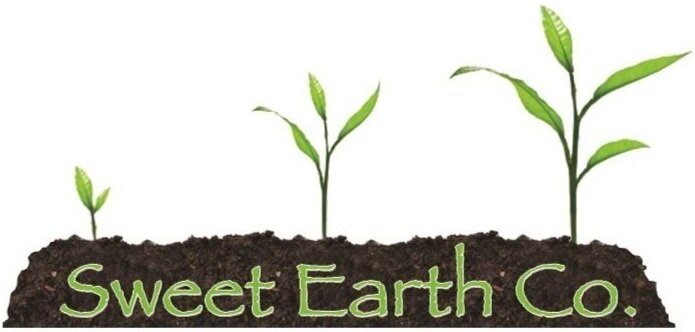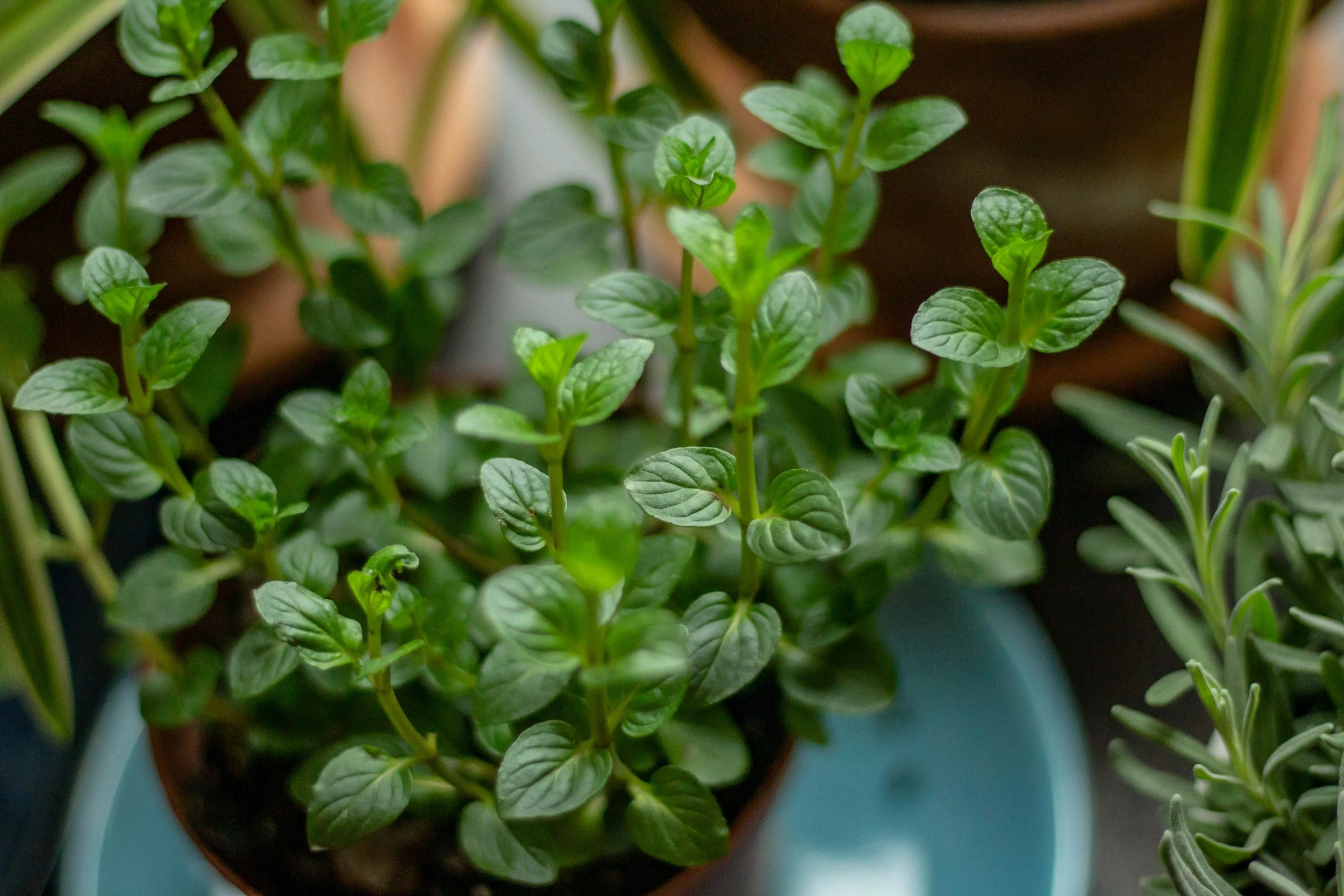Why You Should Be Growing an Edible Landscape
What is edible landscaping, exactly? It is simply mixing vegetables and herbs in with your flower (ornamental) garden so that they perform various functions and provide various benefits.
Edibles plants can:
provide food as well as aesthetics
add interesting textures and colors to the garden
provide year-round interest
invite pollinators and beneficial insects
improve crop yields and flower production
help with insect and pest management
So, in designing with vegetables you are mixing edibles with ornamentals and combining function and beauty. Consider the bright splashes of color squash blossoms, hyacinth beans or rainbow chard can add to the garden. Or the texture and dramatic accent added with the feathery foliage of asparagus, the silvery, deep-lobed leaves of an artichoke plant or the large, puckered leaves of Toscano kale. The feathery stalks or perennial seed heads can provide winter interest in the garden, as well as food and habitat for birds and pollinators.
However, what I find to be the most exciting element of mixing edibles and ornamentals is the beneficial cycle with pollinators. This is truly a case where the whole is much more than the sum of its parts. The cycle begins with flowers, from both edible and ornamental plants, that attract beneficial insects which in turn protect the edible and ornamental plants; they also attract pollinators that then increase flower and fruit production.
So how exactly can you use edible plants in the landscape? Here are some ideas, but there are many more possibilities and combinations:
Trees – fruit trees, nut trees, espalier
Shrubs – elderberry, blueberry, quince, plum
Borders/Screening/Hedges – for privacy (roses, pomegranate) or dividing (espalier trees, asparagus, elderberry, cardoon, germander, santolina)
Ground Cover – strawberries, lingonberry, chamomile, thyme, wintergreen, sweet woodruff, ajuga
Climbers – bean, pea, kiwi, grape, passion vine, hops, Malabar spinach
Flowering/Fruit Edibles – artichoke, bean, blueberry, borage, chives, eggplant, Jerusalem artichoke, nasturtium, okra, pineapple sage, cauliflower, squash, tomato, peppers, anise hyssop, calendula, violets, daylillies
Edible Plants with Colorful Foliage – chard, lettuces, amaranth, okra, rhubarb, Malabar spinach, kale, fennel, lavender, oregano, thyme, scented geranium
Edible Flowers – along with dandelions and nasturtiums, there are many flowers that, while considered ornamental, can also be eaten. These include chrysanthemum, daylily, dianthus, hibiscus, lilac, passion flower, and snapdragon to name a few.
Inevitably, the question of deer and pests arises. “But won’t the deer eat the edibles?” There are several ways to manage deer and other pests using edibles. Deer and rabbits tend to stay away from edibles that are very aromatic. Plants like chives, lavender, fennel, dill, mint, sage, oregano, and garlic can be used to protect other plants that are considered ‘deer candy’.
Deer are also known to leave plants with textured leaves undisturbed. Plants such as artichokes, cardoon, or squash can be planted among or around plants that should be protected from deer. As well, there are plants known to be poisonous to deer. These include night shades such as tomatoes, eggplant, and some peppers. Rhubarb can also be added to this list.
Edibles can play a role in landscape design. Including edibles broadens the design palette.

